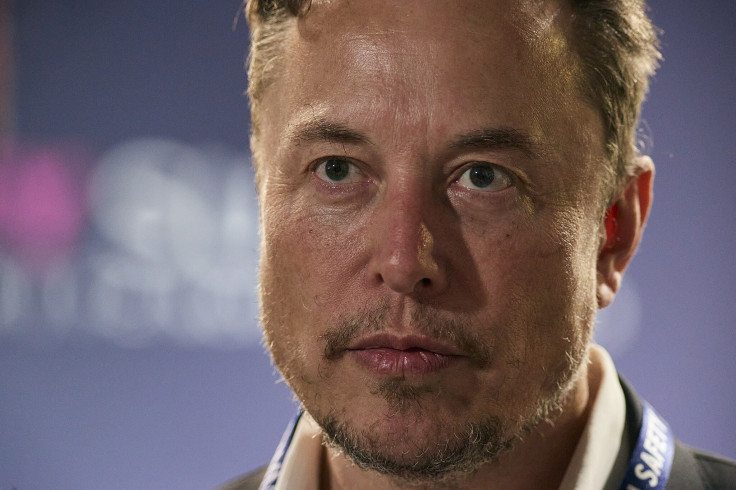
Elon Musk-led neurotechnology company Neuralink might have just come a step closer to achieving its goal.
The first human who was implanted with Neuralink's brain chip last month has been able to move a computer mouse using their thoughts, Musk said on X.
"Progress is good, and the patient seems to have made a full recovery, with neural effects that we are aware of. The patient is able to move a mouse around the screen by just thinking," he said in a Spaces event organised on X.
He added that the Neuralink is "trying to get as many button presses as possible from thinking". The company wants to "have more than just 2 buttons", Musk said.
Earlier, in January, Musk revealed that Neuralink had managed to implant its wireless brain chip in a human for the first time. In a post on X, Musk said that "promising" brain activity was detected in the human after the procedure and that the person was "recovering well".
This is the first time that the company has given details about the activities that the person has been able to carry out because of the chip. However, he has not given any evidence to support his claims.
The development is only a minor success, and the brain chip's final success will depend on whether the device can help patients carry out even more complex tasks using their thoughts, per Reuters.
Even if the BCI (Brain-Computer Interface) implant turns out to be safe for humans, it could take more than a decade before these could be authorised for commercial use.
"A brain-computer interface (BCI) is a computer-based system that acquires brain signals, analyzes them, and translates them into commands that are relayed to an output device to carry out a desired action," explains National Center for Biotechnology Information (NCBI).
What is Neuralink?
Neuralink was set up in 2016, and Musk said that it is meant to help treat diseases such as dementia, Parkinson's, and Alzheimer's. Musk also plans to manage a wide range of conditions, including depression, schizophrenia, autism, and obesity, with the help of chip devices.
Musk said its long-term goal is to "improve human-to-AI and human-to-human bandwidth by several orders of magnitude".
It needs to be noted that several companies have already managed to implant such devices. Last year, a paralysed man was able to walk after several years because of electronic brain implants by the Swiss firm École Polytechnique Fédérale in Lausanne (EPFL).
The details of the procedure were published last year in May in the peer-reviewed journal Nature. Firms like Blackrock Neurotech and Synchron have also been conducting similar human tests.
How does Neuralink work?
Neuralink received FDA permission for its first-in-human clinical trial in May 2023. The trial involves a surgical procedure in which a robot inserts electrodes and extremely thin wires into the brains of the participants.
A small portion of the participant's skull is replaced with a chip the size of a quarter. The implant is then inserted into the hand knob area of the premotor cortex, the area that controls our hands, forearms, and wrist movements.
"Once in place, the N1 Implant is cosmetically invisible and is intended to record and transmit brain signals wirelessly to an app that decodes movement intention," a statement from the company explains.
Neuralink is still in its early stages of development, but it has made some notable progress over the years. The company demonstrated a working BCI capable of controlling a computer cursor with a monkey's mind in 2020.
The company has been involved in its share of controversies as well. A report by Wired claimed that the monkeys used in the trials died due to the implants.
However, Musk dismissed all such reports, saying that "no monkey has died as a result of a Neuralink implant".







